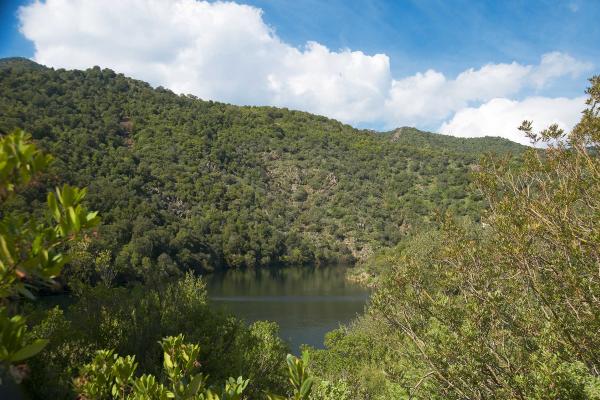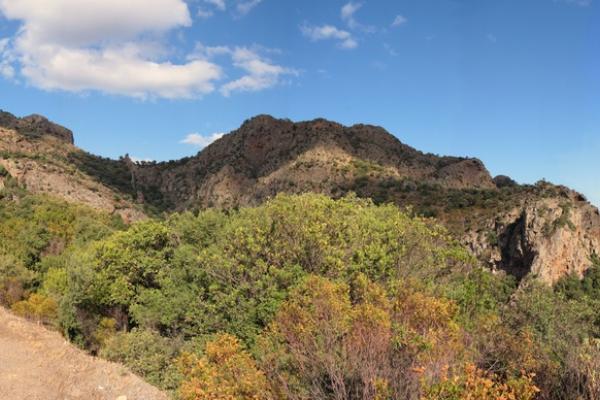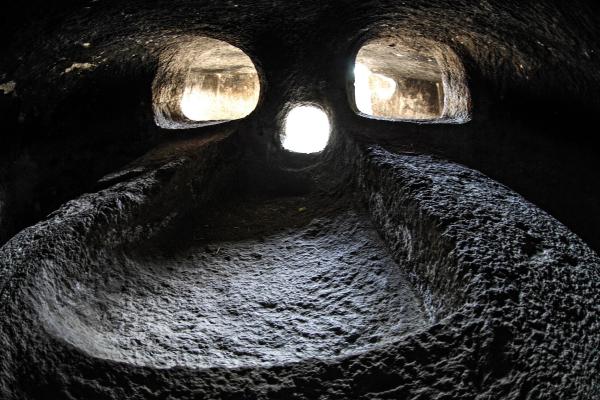More than a forest, it is a true natural treasure: a third of its surface is a wildlife protection oasis, containing the most extensive holm oak forest in the world and the largest eucalyptus tree in Sardinia, and it is also home to an unusual ‘hybrid’ plant species. The state-owned forest of Pantaleo stretches for approximately 4200 hectares in the territories of Santadi and Nuxis and is part of the Regional Nature Park of Gutturu Mannu. Among the tree varieties, the holm oak is dominant, but you can also admire cork oaks, yews, hollies, Mount Etna brooms and examples of elder and Montpellier maple trees. Curious holm oak-cork oak hybrid trees have also developed and can be seen along the paths marked out for excursions. In spring, you can also admire colourful peonies.

Forest
One of the green lungs of Sulcis, in the south-west of Sardinia, with plenty of possibilities for leisure, relaxation, outdoor activities and lots of surprises waiting to be discovered
One of the green lungs of Sulcis, in the south-west of Sardinia, with plenty of possibilities for leisure, relaxation, outdoor activities and lots of surprises waiting to be discovered
See this place because...
It is a forest full of surprises and elements to observe, with a large picnic area, surrounded by granite ridges and oases for exciting dives into nature
Pictures and videos
Ti piace questo luogo? Pula e Sant'Antioco potrebbero essere la tua meta ideale.
You may also like
More attractions in the vicinity
Nearby hotels and accommodations

Bed and breakfast
SANTADI
5 km

SANTADI
7 km

SANTADI
7 km














